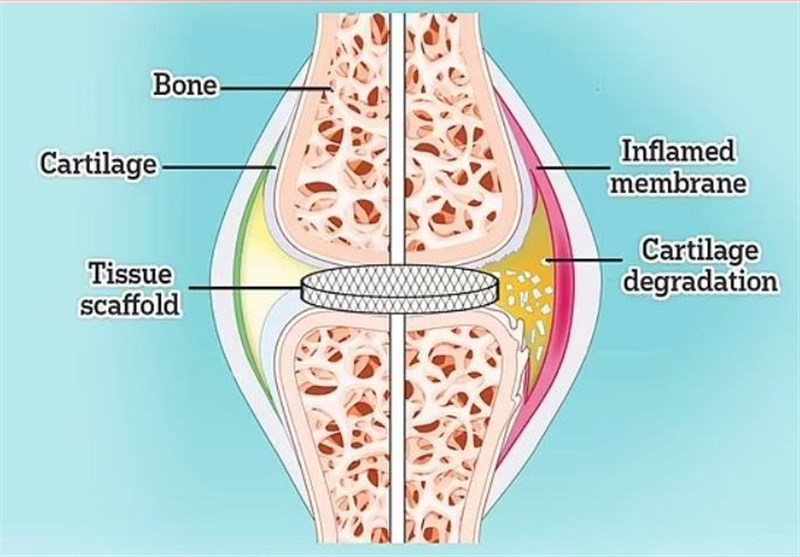Electric Knee Implants Could Help Treat Pain of Osteoarthritis
TEHRAN (Tasnim) – Electric knee implants could be the answer for millions of arthritis patients as scientists have been able to regrow cartilage with the help of electrical currents.
Knee implants that generate a tiny electrical current may be able to stimulate cartilage regrowth as a treatment for arthritis.
Rabbits given the implants, which generate electricity from mechanical forces as the animals move around, experienced more healing after cartilage damage than those given a placebo device, New Scientist reported.
Osteoarthritis is a common cause of knee pain as people get older. It involves the wear and tear of cartilage, a rubbery layer capping the ends of bones that normally stops them rubbing together.
Many experimental treatments are in development, such as new drugs and implants of stem cells, immature cells that have the ability to develop into any cell type. Some research suggests that a mild electric current can encourage cartilage cells in the knee to multiply and repair damage.
To avoid having to put batteries inside the body, Thanh Nguyen at the University of Connecticut in Storrs and his colleagues have developed a biodegradable membrane, about half a millimetre thick, which generates electricity when it is compressed and stretched. The material has a scaffold-like structure to encourage cells to migrate into it.
Nguyen’s group tested the current idea by creating holes in the knee cartilage of rabbits and patching them up with the material. After a month of rest, the researchers encouraged the rabbits to hop around for 20 minutes a day by putting them on slowly moving treadmills, to exercise their legs and generate the electric current.
Two months later, the team took tissue samples from the joints and scored them on how intact and healthy they appeared under the microscope. The team found that cartilage cells had moved into the patches and the joints appeared more intact. “Stem cells from bone marrow are recruited to the scaffold,” says Nguyen.
Cartilage from these rabbits scored 15 out of 18 on average, while a group of rabbits given patches of a similar material that didn’t generate electricity scored about 5.
If used in people, the material used to make the implant would dissolve after about two months – although it could be tweaked to make it last longer, says Nguyen.






